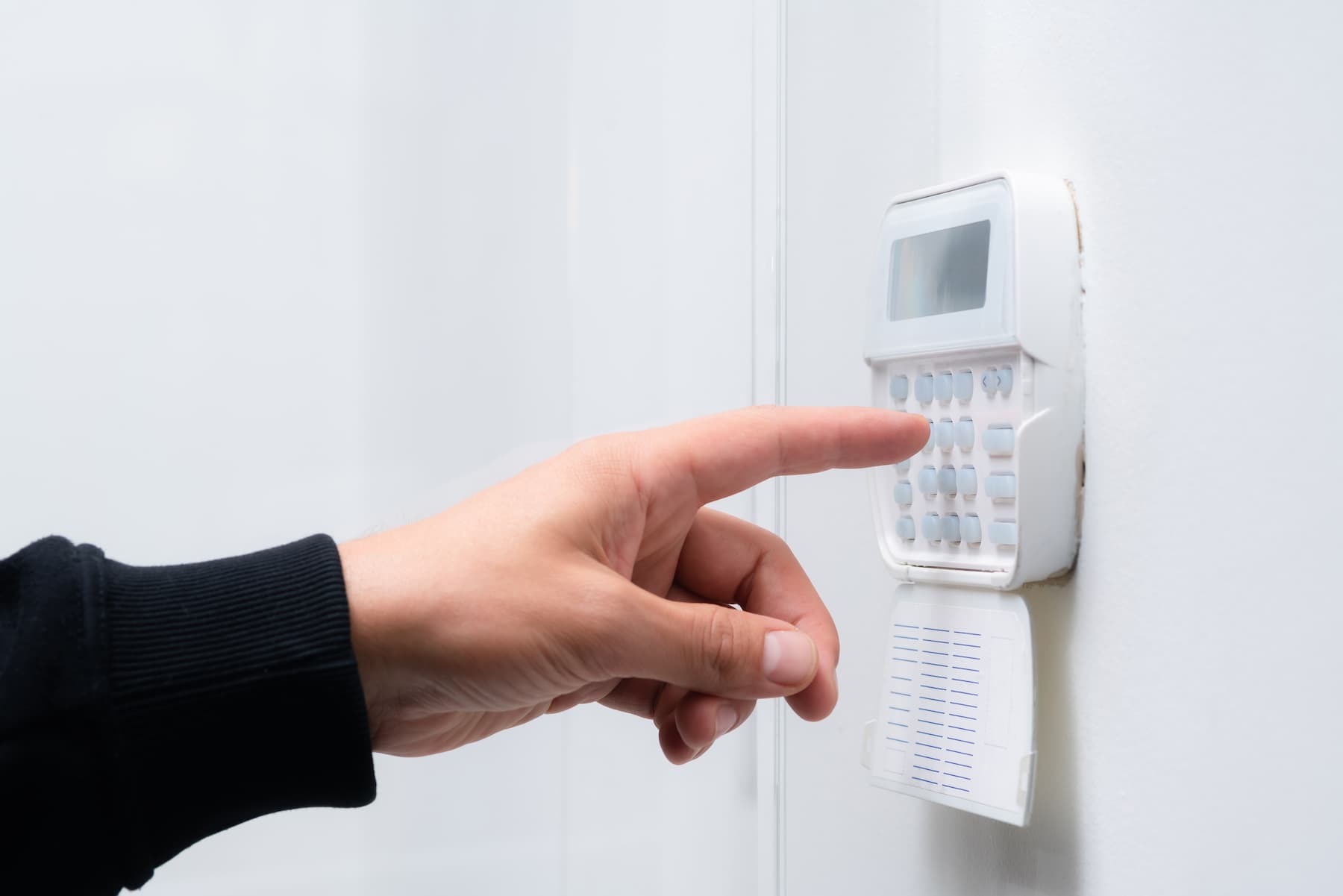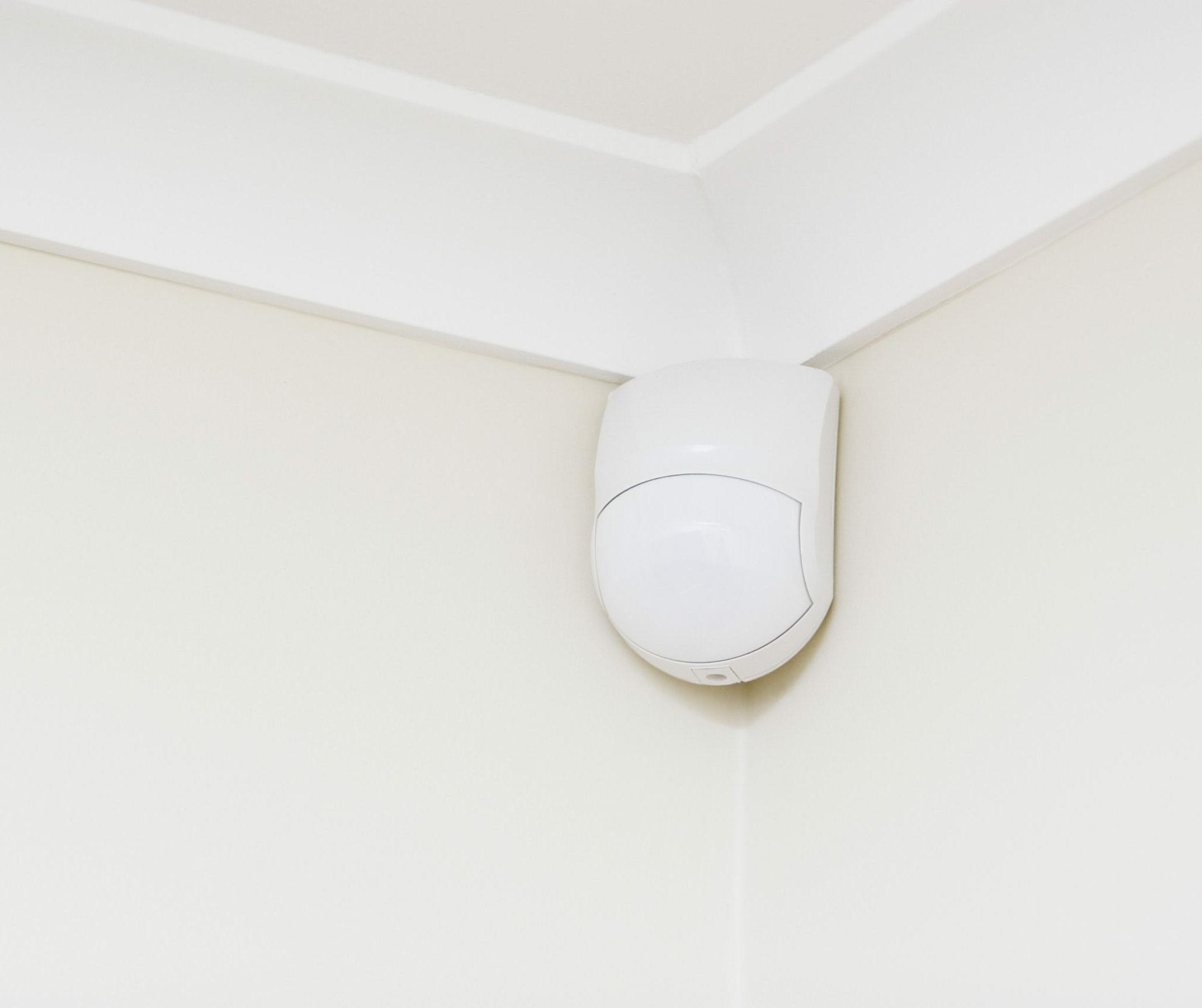Key Takeaways
- False alarms are a major drain on society, and can be expensive for home owners
- False alarms are problematic in all sensing contexts, including home security, health and wellness and home energy efficiency
- Sensing 2.0 can reduce false alarms via smart system set-up and technology (such as WiFi sensing) specifically designed to eliminate most false alarms.
False alarms from home and building security systems, are both a public and private problem: They are a public problem as they are a significant drain on public resources. The Center for Problem-Oriented Policing conducted a study estimating that false alarms account for 94-98% of all alarm calls, with an estimated annual cost to emergency services of $1.8 billion. It is also now a private problem as, emergency services and municipalities rightly try to move the cost on to homeowners.
In this article, we look at the cost of false alarms, their causes, and what can be done to try and prevent false alarms in security and sensing systems.
What is the definition of a false alarm?
A false alarm occurs in the security context, whenever a security alarm is triggered by an event other than the expected trigger event. In some ways, the term ‘false alarm’ is less-than-ideal as it implies something incorrect or lacking in the alarm itself. For example, if I arrive home setting off an alarm, having forgotten to disarm my home security system, the result is a ‘false alarm’. But the home security system worked entirely accurately, and responded to the correct trigger event. For this reason, ‘false alarms’ are sometimes labeled ‘nuisance alarms’ to emphasize that it is the response to the trigger event, rather than the trigger event itself which is the problem.
Do false alarms only relate to security?
Most commonly we may think of false alarms as false security alerts. But false alarms commonly arise in other contexts as well. In fact, false alarms are a problem for any ‘sensing technology’: That is, a technology that detects physical or biological phenomena and transforms it into electric signals for eventual interpretation or response.
False alarms are a particularly acute problem in the clinical healthcare context with monitoring equipment, such as electrocardiograms (ECGs): In one emergency department study, only 1 percent of alarms were found to be clinically actionable, requiring intervention.
In the consumer HealthTech industry, false alarms can occur where wearables and other devices indicate a serious health problem, where there isn’t one. For example, smart watches configured for fall detection have triggered false alarms on ski fields where falls are commonplace.
Arguably, the societal cost of healthcare false alarms may be even more significant than in the security context: Healthcare emergency services mean life and death, and the opportunity cost of responding to a false alarm could be someone else dying.
On a more mundane, day-to-day level, false alarms in sensing technologies can be a nuisance within the home: For example, if HVAC systems are set up to turn on whenever an individual enters the room, but it turns on whenever the robot vacuum cleaner is in operation, potential energy savings can be thwarted.
What are the costs of false alarms?
The costs of false alarms depend on the set up of the sensing or motion detection system: If the system is set up to automatically contact emergency services, it will obviously be more expensive than a system which is not set up in that way. With that in mind, some of the most prominent costs include:
- Costs of any dispatched security guards/emergency personnel
- The costs of call takers and dispatchers
- The indirect HR and equipment costs associated with response staff (for example, maintenance and depreciation on emergency vehicles)
- The opportunity cost of time/resources that could be spent responding to real trigger events
- The productivity loss from ‘switching’ or ‘multi-tasking’ in order to respond to a false alarm event, disrupting focus
- The ‘Boy who cried wolf’ effect on individuals who become so accustomed to false alarms, they develop ‘alarm fatigue‘, and don’t pay attention to genuine alarms.
What are the causes of false alarms?
False alarms have a range of causes. Some of the most common ones are:
- Incorrect placement of sensors, for example, motion detection sensors located next to heating ducts or fans
- Oversensitive motion sensors, which pick up the motion of pets, robot vacuum cleaners, and other minor movements, rather than simply picking up human motion. This is often a result of using outdated sensing technology
- Poor wiring, such as where a hardwired security system is installed and the wiring has become degraded over time
- Lack of maintenance, such as where batteries are not replaced regularly in devices that require them
- Human error, where users have failed to adjust sensitivity settings to ensure that only the right trigger events set off an alarm
- Poor system design, where there is no ‘review step’, requiring confirmation before emergency services or security guards are dispatched. For example, it is common for system monitoring companies to phone a property and check whether assistance is needed before physically sending someone out to the property.
What is the best way of reducing false alarms?
Some ways of reducing false alarms are common sense: Ensuring that systems are well-maintained, and batteries are replaced regularly etc. However, the best mechanism for reducing false alarms lies in the design of the system itself.
Ideally, a system should:
- Be easy to install and adjust — where the location of the sensors is causing false alarms, they can be easily moved. Straightforward installation, such as ‘plug and play’ units that connect directly to power outlets reduce the risk of ‘hardwired errors’
- Have filtering mechanisms to filter out common sources of false alarms, such as pets or wind. How this is done depends on the sensing technology in question. For example, Passive Infrared (PIR) sensors can be configured to only recognize temperature changes caused by sufficiently large objects (i.e., humans, not animals). Other types of sensors, such as AI-enabled video cameras, radar sensing and WiFi sensing can also apply algorithms to do this (more on this below).
- Be ‘dummy proof’, reducing the risk of error due to forgotten or mistyped security codes, for example. For example, some security systems are fitted with geolocation mechanisms that automatically identify when certain people have arrived home via a signal on their phone.
How sensing 2.0 reduces false alarms
Traditional motion detection technologies can be seen as ‘Sensing 1.0’: Analog sensors pick up movement, which triggers certain events. But sensing 1.0 is unable to learn, which makes it prone to false alarms.
Sensing 2.0, means an intelligent sensing ecosystem:
- Intelligent algorithms which learn over time to distinguish normal motion from abnormal/alarm-triggering motion
- Integration with existing IoT and apps, enabling the user to respond and deal with any false alarms as they arrive and before authorities are contacted.
- Wide and deep coverage — motion detection ‘without the gaps’. Sensing 2.0 means detecting motion through walls, and comprehensively across regions of the home. There is no reliance on piece-meal sensors.
- Pre-processing and initial filtering. The raw channel state information (CSI) provided by WiFi devices is filtered to rule out pets and other non-human movements
- Higher-level processing. AI and machine learning algorithms are applied to that initially filtered data. This allows for sophisticated use cases, such as analyzing breathing patterns and repetitive movements. This is particularly useful in reducing false alarms in a health and wellness context: Traditional medical alert devices can be accidentally pressed by the user, whereas WiFi sensing can be used to automatically alert family members or emergency services where motion patterns show a fall, or problematic breathing.
Conclusion
A major focus of all sensing and motion detection systems should be to reduce the proportion of false alarms. False alarms have a range of causes, two of the more significant ones being human error and the use of error-prone sensing 1.0 technology.
The best way to reduce false alarms is to develop a multi-pronged approach:
- Train all users in how to use the sensing technology correctly
- Choose a technology and sensing ecosystem (such as ‘Sensing 2.0) that is configured to reduce false positives
- Ensure that the system is installed as intended.
FAQ
There are many events that can cause false alarms: Poor system maintenance, poor design, and human error, to name some of the most common causes.
A false alarm occurs, for example, when a pet cat sets off the intruder alarm and alerts a connected security service to a potential break-in.
It depends on the precise set up of the sensing system. For example, with some security systems, only the home owner will be notified (for example, via an app). In others, a third-party monitoring service will be notified and they will arrive at the home to investigate the disturbance.
Preventing false alarms is a combination of appropriate training for the user, technology which is primed to reduce false alarms (such as WiFi sensing), and a system design aimed at reducing errors.





